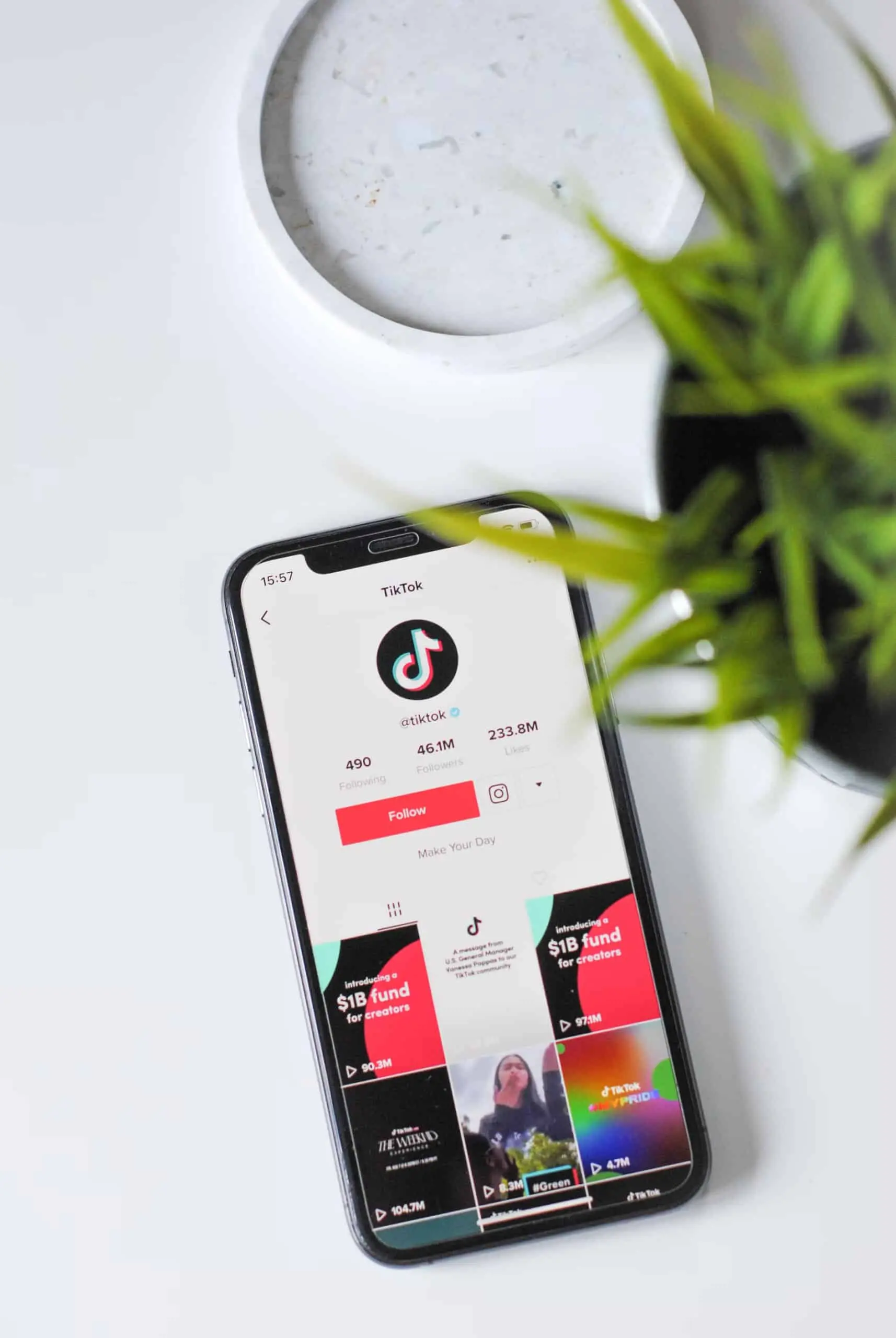TikTok Is Entering The UK Grocery Space
TikTok has recently announced (1st August 2022) that they will be entering the grocery sector in the UK. Brands will be able to ‘set up shop’ on their pages, fulfilling orders themselves, and work alongside TikTok creators to run live content and offers.

TikTok Shop: A New Retail Frontier
One of the first brands to sell via TikTok shop is Pasta Evangelists, the fresh pasta company, whose co-founder Finn Lagun sees it as an opportunity to “change the face of modern retail” (source: https://internetretailing.net/marketplaces/retailers-can-now-sell-fresh-food-on-the-tiktok-shop/). With an engaged food-loving community, TikTok can be a “springboard to market” (source: https://www.thegrocer.co.uk/online/tiktok-selling-fresh-food-for-first-time-in-uk/670006.article) for new food brands and influence the buying habits of its users – for example, TikTok led to a 700% rise in sales of Little Moons mochi at Tesco. In the height of the 2020 lockdown, TikTok users headed to the local “Big Tesco” to discover ice cream dumplings in the freezer aisle and post reviews on the video-sharing platform.
One of the most popular types of video on TikTok is food-related content – or #FoodTok. Food content has “clocked up over 26 billion views on the platform” (source: https://newsroom.tiktok.com/en-gb/tiktok-shop-fresh-food-first-time-uk) and has led to viral food trends, such as “baked feta pasta” and “whipped coffee”, driving up demand for certain food products. Users have grown followers and built careers; for example, @PoppyCooks, a Michelin-trained chef made redundant during the pandemic, now has 2.5 million followers and a recipe book – and even famous chefs such as Gordon Ramsay have joined.
There is also a home on #FoodTok for niche content creators – for example, @Clairefromwhere shares condiment-related content, including reviewing various types of mayo and hauls from grocery stores to her 269,000 followers.
So, with a captive audience and an apparently seamless transaction process, TikTok shop may just be the latest stockist your brand is looking for – less “As seen on TV” by QVC and more Gen Z.
TikTok’s Explosive Growth and Diverse Demographics
TikTok, the short-form video sharing platform, was launched outside of mainland China in 2018. The COVID-19 pandemic led to exponential growth for the app, with UK user figures rocketing from “3 million UK adult visitors in September 2019 to 14 million in March 2021” (source: https://www.ofcom.org.uk/__data/assets/pdf_file/0013/220414/online-nation-2021-report.pdf), and “18-24-year-olds more than [doubled] their time spent on TikTok, from 17 minutes in early 2020 to 38 minutes by September 2020” (source: https://www.ofcom.org.uk/__data/assets/pdf_file/0013/220414/online-nation-2021-report.pdf).
TikTok’s demographic is young – 60% are Gen Z (born between 1997 and 2012), a generation that has “grown up in the digital space” (source: https://www.ft.com/content/9eb9e9d2-6340-44e6-9d56-f2a140f7dee9) – and creating content for and engaging with this audience is key to boosting your consumer base. However, TikTok is not just for Gen Z; its user demographic is shifting with significant growth in the 25–54 age bracket (source: https://www.hootsuite.com/resources/blog/digital-2020-report), and there’s even been a rise in “Old Age TikTokers” (OAT), with 7% of UK grandparents using the app (source: https://www.dailymail.co.uk/sciencetech/article-10800779/Rise-OAT-old-age-TikToker-7-UK-grandparents-active-video-app.html). TikTok provides a large audience for your brand across varying age groups, with UK user numbers expected to reach 15 million by 2025 (source: https://www.thedrum.com/profile/honcho/news/how-to-grow-your-business-using-tiktok-shop).
Subscribe to the newsletter
Subscribe to receive notifications on the latest Case Studies, Insight and Blog releases.



